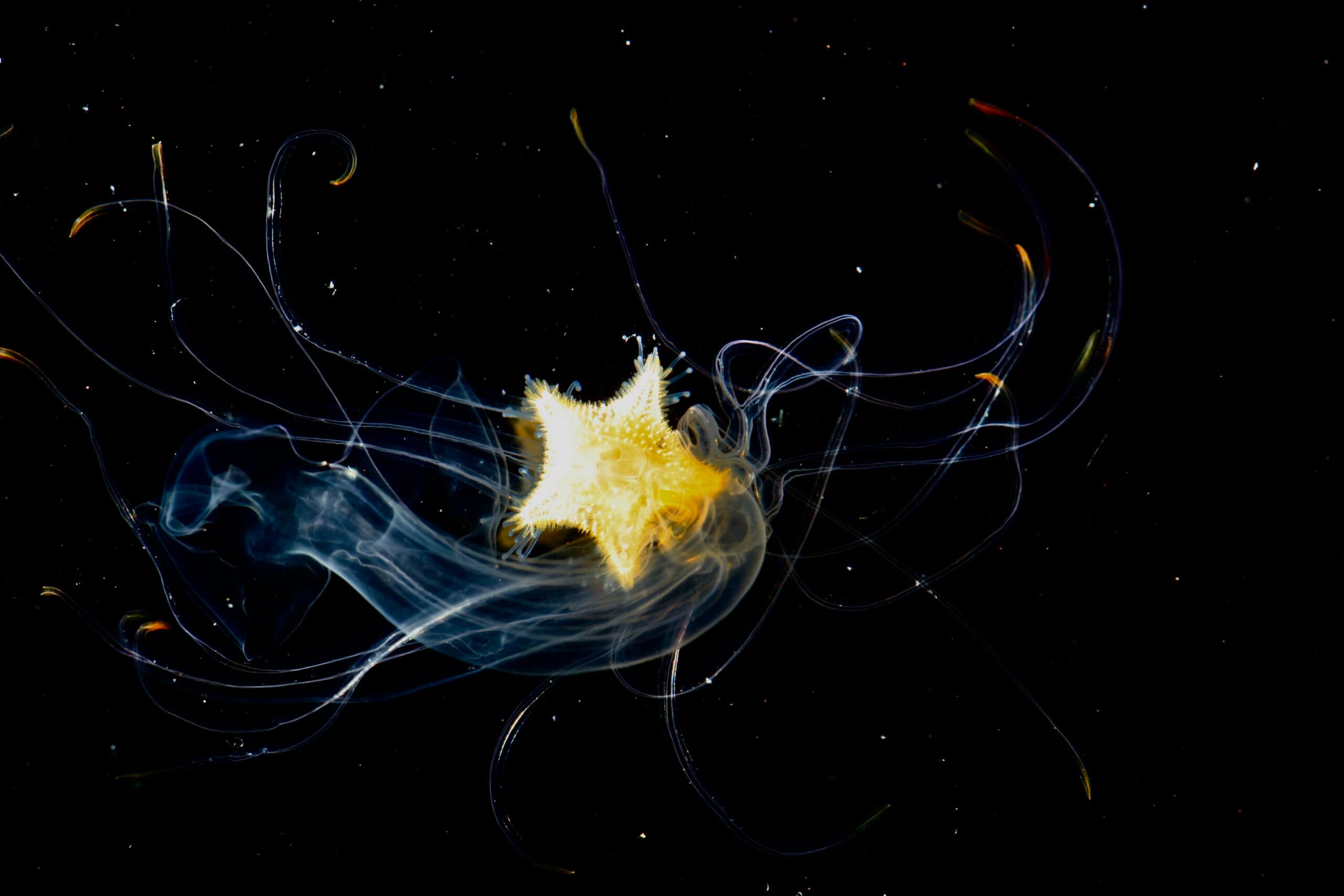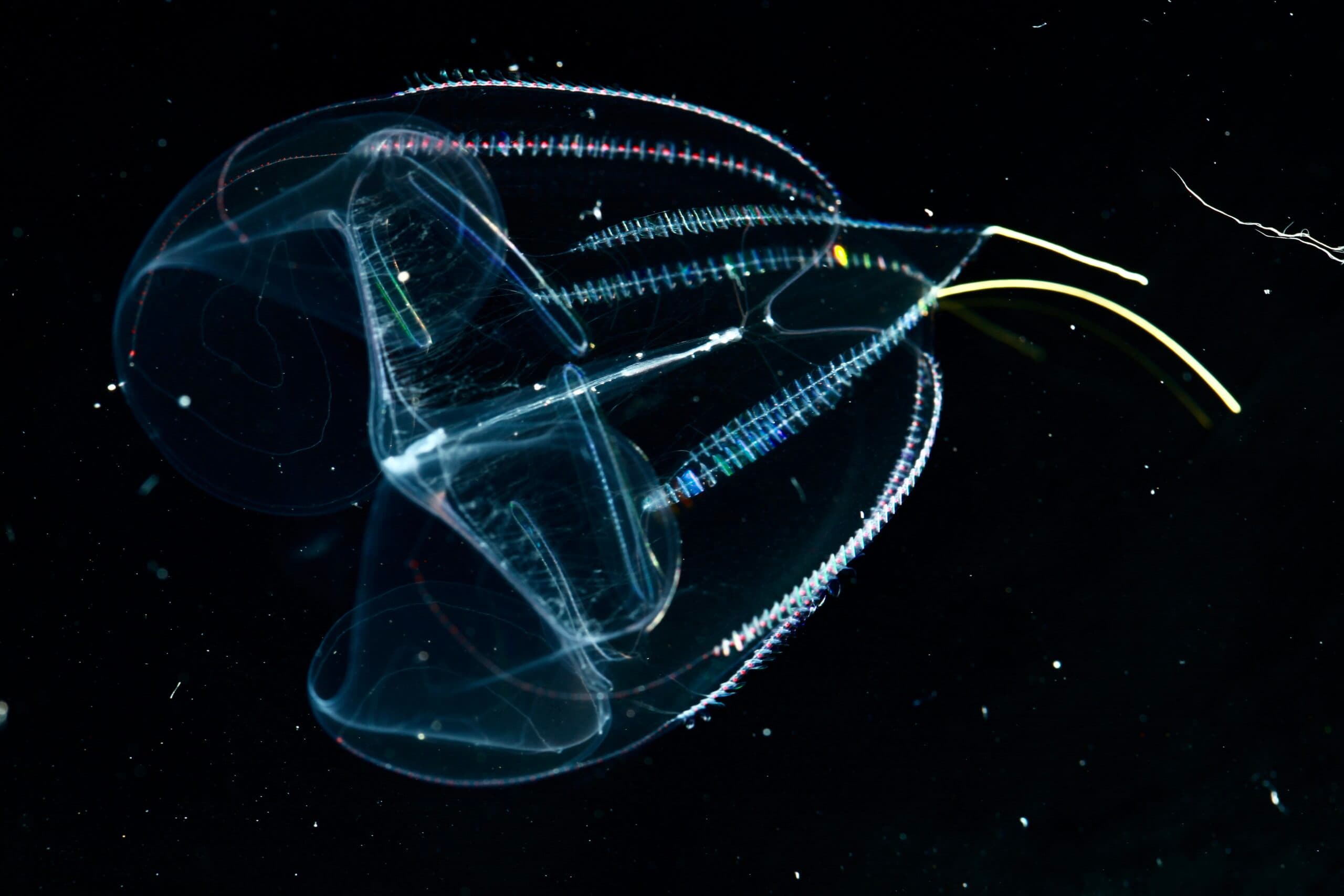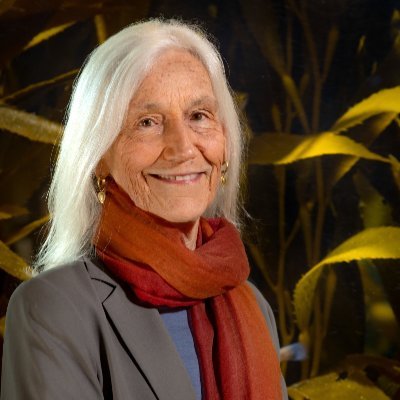LOCAL SCIENTIST HELPS UNRAVEL THE MYSTERIES OF THE DELICATE BALANCE AND INTERCONNECTEDNESS OF MARINE LIFE 10,000 FEET BELOW
By Craig Heihn
Two thousand miles off the coast of Chile, the research vessel Atlantis II is readying the Alvin, a three-person submarine. On this dive, the Alvin will plunge to more than 10,000 feet below the ocean’s surface. Inside the sub’s confines, a pilot and two scientists, including Shannon Johnson from the Monterey Bay Aquarium Research Institute, brace for a grueling 12-hour expedition. Their hope is to gather samples of animals at ocean depths only a select few have dared to explore. It’s a risky and dangerous mission. But this crew is willing to risk their lives to unravel the mysteries of our oceans and to understand better the effect humans are having on them.
Today’s cramped mission into the deep, dark ocean is a world apart from where Shannon grew up – among the white, snow-capped mountains and vast open spaces of Lake Tahoe. Five hours away from the ocean, she spent her winters balancing school, ski racing, and snowboarding. Summers were devoted to working in a local marina, just a bike ride away from her home. Typical pastimes for the kids of Lake Tahoe involved hitching rides to go wakeboarding and attending beach bonfires with friends. If you had told a 15-year-old Shannon that she would become a deep-sea biologist and eventually work for one of the most prestigious scientific research facilities in the world, she would have laughed in your face. Her first significant issue was that school was not a priority, which, at the time, she didn’t take seriously. A more significant concern was… she gets seasick!
Not surprisingly, Shannon wasn’t particularly drawn to marine biology. After graduating from high school, she went to a community college at the behest of her schoolteacher mother. While taking a basic math class, Shannon discovered how much she really enjoyed math; for her, it was more like solving puzzles. Although not very good with math, it intrigued her. Pressing on and taking as many math classes as she could, school was finally starting to click for her. Eventually, after graduating with honors from community college and applying to four different schools, Shannon was accepted to UCLA as a Biochemistry major and had decided to become a neurosurgeon.







